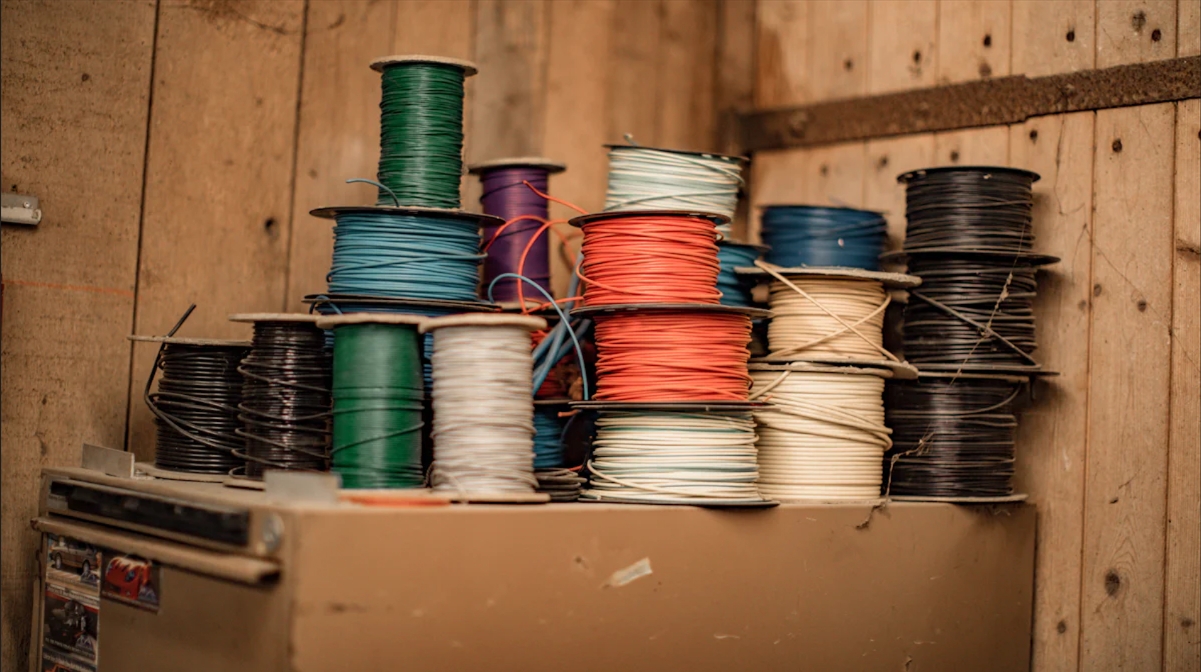
The hold hoop serves as a versatile fastening solution, ensuring secure and stable installations for telecommunications cables and equipment. Its robust design provides a reliable connection, reducing risks like cable failures or damage. By using the hold hoop, you can enhance the durability of your infrastructure while maintaining safety standards. This fastener is essential for preventing issues such as conductor breaks or loss of continuity, which can lead to costly repairs. Its adaptability makes it suitable for various applications, including supporting ADSS optical cables on poles or towers.
Key Takeaways
- Hold hoops are essential for securing telecommunications cables, providing stability and reducing the risk of damage.
- Select the right size and material of hold hoop based on the cable type and installation environment to ensure optimal support.
- Always wear protective gear, such as gloves and goggles, during installation to prioritize safety.
- Regularly inspect hold hoops for wear and tear to maintain their effectiveness and prevent costly repairs.
- Avoid overtightening hold hoops to prevent cable damage; they should be snug but not overly tight.
- Use corrosion-resistant materials for outdoor applications to enhance durability and longevity.
- Proper preparation and the right tools streamline the installation process, ensuring a professional result.
Tools and Materials Needed for Using Hold Hoop
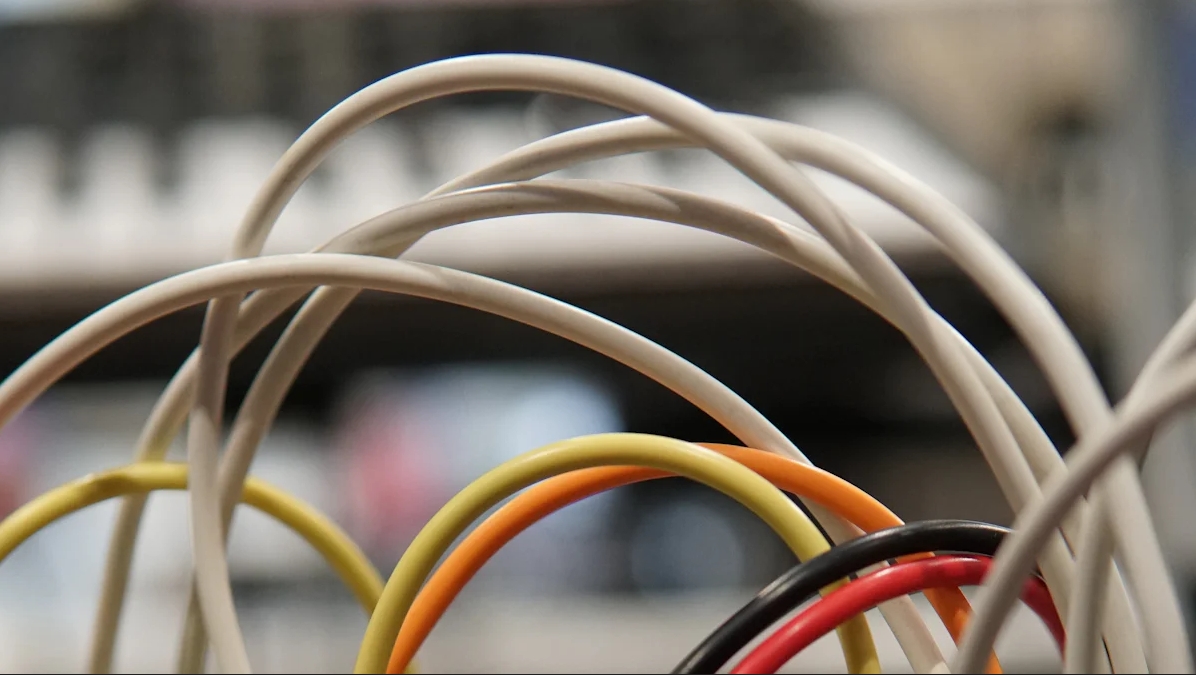
To ensure a smooth and efficient installation process, you need the right tools and materials. Proper preparation not only saves time but also guarantees the stability and durability of your telecommunications cables. Below is a detailed guide to the essential tools and additional materials required when working with a hold hoop.
Essential Tools for Installation
- Hold hoops
Select the appropriate size and material based on the type and diameter of the cables. The hold hoop, a versatile fastener, is designed to secure cables effectively. Its robust structure, which includes components like a coupling board and Rachel reinforcing plate, ensures a firm grip on the cables. - Screwdriver or drill
Use a screwdriver or drill depending on the surface where the hold hoop will be mounted. A drill is ideal for harder surfaces like steel poles, while a screwdriver works well for lighter installations. - Cable ties or additional fasteners
For added security, consider using cable ties or other fasteners. These can help keep the cables in place, especially in environments prone to vibrations or movement.
Additional Materials for Securing Cables
-
- Mounting brackets or anchors
In some cases, you may need mounting brackets or anchors to provide extra support. These materials are particularly useful when installing hold hoops on uneven or challenging surfaces. - Safety gloves and goggles
Always prioritize safety during installation. Wear gloves to protect your hands from sharp edges or rough surfaces. Goggles shield your eyes from debris or accidental contact with tools.
By gathering these tools and materials beforehand, you can streamline the installation process and achieve a secure and professional result. Each item plays a crucial role in ensuring the hold hoop performs its function effectively, providing long-lasting support for your telecommunications cables.
- Mounting brackets or anchors
Step-by-Step Guide on How to Put Hoop Earrings in (Using Hold Hoops)
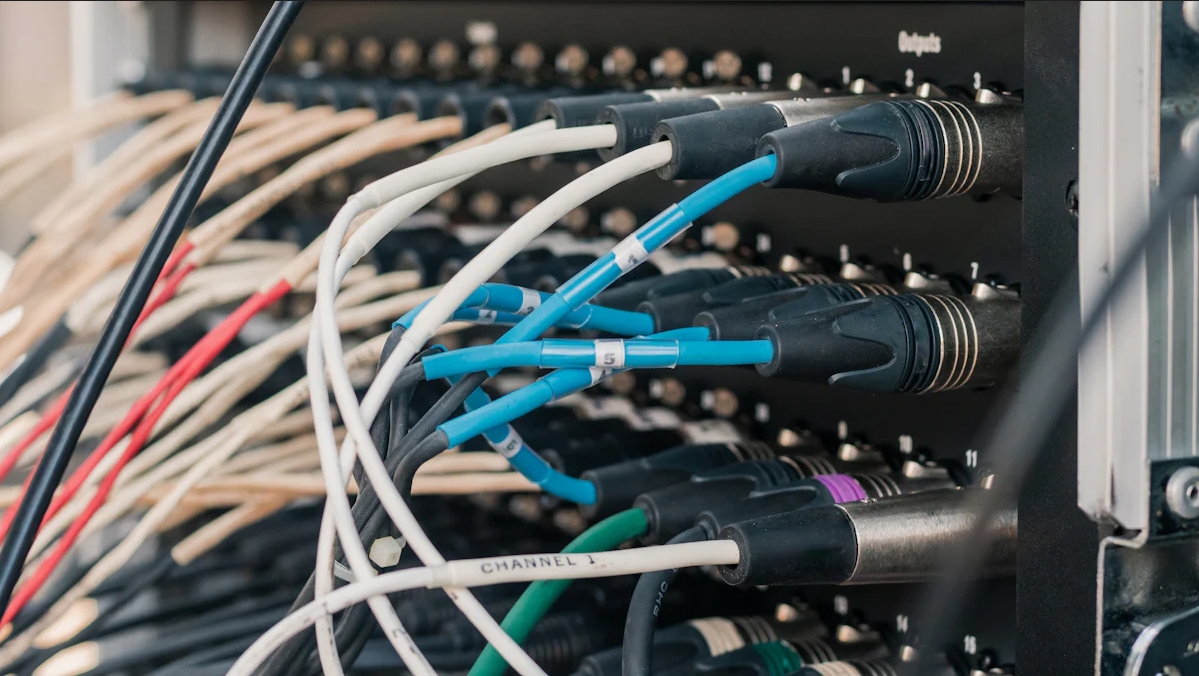
When working with hold hoops, following a structured process ensures a secure and efficient installation. This step-by-step guide will help you understand how to put hoop earrings in, or in this case, how to use hold hoops effectively for securing telecommunications cables.
Preparation for Installation
Inspect the cables and the area where they will be secured.
Begin by carefully examining the cables you plan to secure. Look for any signs of wear, damage, or irregularities. Check the installation area to ensure it is clean and free of obstructions. A smooth and stable surface will make the process of putting in hoop earrings, or hold hoops, much easier. Proper inspection prevents potential issues during installation and ensures a solid foundation for your work.
Choose the correct size and type of hold hoop for the cables.
Selecting the right hold hoop is crucial. Measure the diameter of the cables and match it with the appropriate size of the hold hoop. Consider the material of the hoop as well. For outdoor installations, opt for corrosion-resistant materials like galvanized steel. Choosing the correct type ensures the hold hoop fits snugly and provides optimal support. This step is similar to selecting the right size when learning how to put hoop earrings in, as precision is key to achieving the desired outcome.
Application Process
Position the hold hoop around the cables, ensuring proper alignment.
Wrap the hold hoop around the cables, making sure it aligns perfectly with the intended mounting position. The coupling board and Rachel reinforcing plate should sit evenly against the cables. Proper alignment is essential for stability and prevents unnecessary strain on the cables. Think of this step as positioning earrings correctly before securing them in place.
Secure the hold hoop to the mounting surface using screws or anchors.
Use screws or anchors to attach the hold hoop firmly to the mounting surface. A screwdriver or drill will help you tighten the fasteners efficiently. Ensure the screws are tightened enough to hold the hoop securely but avoid over-tightening, which could damage the cables. This process mirrors the care needed when you put hoop earrings in, ensuring they are secure without causing discomfort or damage.
Final Securing Techniques
Ensure the cables are snug but not overly tight within the hold hoop.
Check that the cables sit snugly within the hold hoop. They should not be loose, as this could lead to instability, nor should they be overly tight, which might cause damage. Adjust the hold hoop as needed to achieve the perfect fit. This step is akin to adjusting earrings to ensure they sit comfortably and securely.
Double-check the stability of the hold hoop and make necessary adjustments.
Inspect the entire installation to confirm the hold hoop is stable and the cables are properly secured. Gently test the setup by applying slight pressure to ensure nothing shifts or loosens. If adjustments are needed, make them immediately. This final check is similar to taking out hoop earrings to inspect their condition and ensure they remain in good shape for future use.
By following these steps, you can confidently handle the process of putting in hoop earrings, or in this case, installing hold hoops, with precision and care. Each step contributes to a secure and professional result, ensuring the longevity and safety of your telecommunications infrastructure.
Tips and Best Practices for Using Different Types of Hoop Earrings (Hold Hoops)
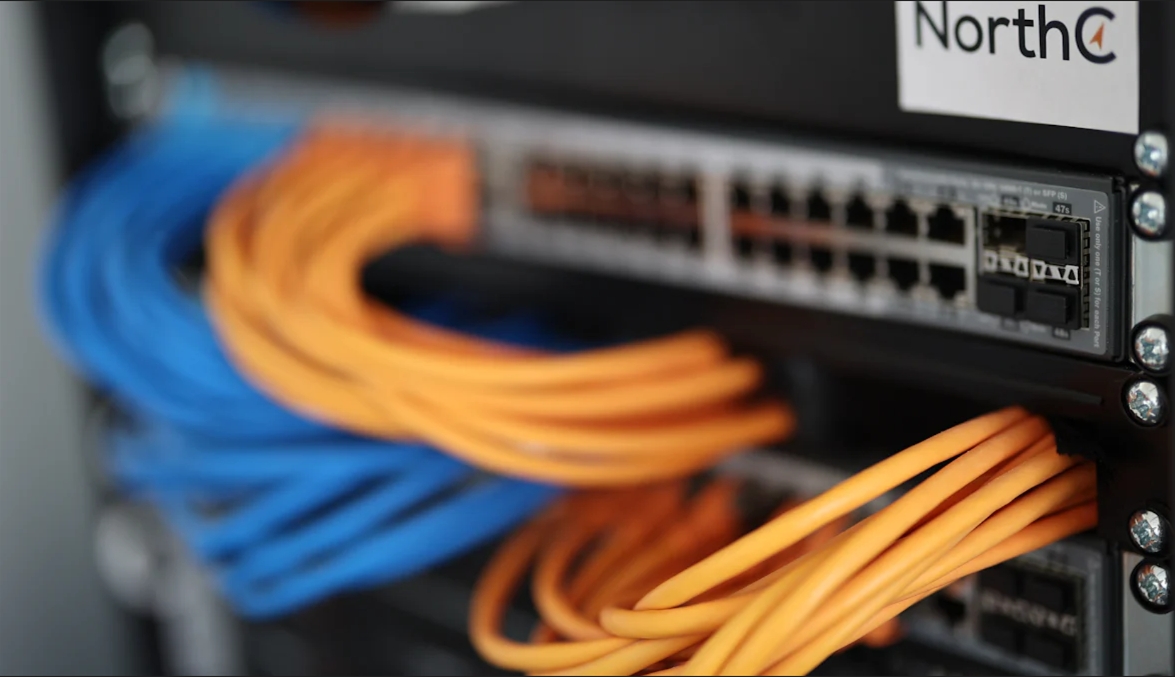
When working with hoop earrings, understanding the nuances of their use can help you avoid common pitfalls and ensure long-lasting performance. Whether you are dealing with simple hoop earrings or more intricate designs, following these tips will enhance your experience and protect your cables.
Avoiding Common Mistakes
Do not overtighten the hold hoop to prevent cable damage.
Overtightening can lead to unnecessary strain on the cables, potentially causing them to fray or break. When securing the hold hoop, apply just enough pressure to keep the cables snug without compressing them. Think of it as fastening hoop earrings; you want them secure but not so tight that they cause discomfort or damage. This balance ensures the cables remain intact and functional.
Avoid using hold hoops made of materials unsuitable for the environment (e.g., plastic in high-heat areas).
The material of the hold hoop plays a crucial role in its durability. For outdoor applications, avoid plastic hoops, as they may warp or degrade under extreme temperatures. Instead, opt for corrosion-resistant materials like galvanized steel. This choice mirrors selecting the right type of hoop earrings for specific occasions—different types of hoop earrings serve different purposes, and choosing the wrong one can lead to issues.
Ensuring Durability and Longevity
Use corrosion-resistant materials for outdoor applications.
Outdoor environments expose your hold hoops to moisture, heat, and other elements. Corrosion-resistant materials, such as stainless steel or galvanized steel, provide superior protection against rust and wear. Just as simple hoop earrings made of high-quality metals maintain their shine and structure over time, using durable materials for hold hoops ensures they withstand harsh conditions.
Regularly inspect the hold hoops for wear and tear to maintain effectiveness.
Routine inspections are essential for maintaining the integrity of your installation. Check for signs of rust, loosening, or physical damage. Addressing these issues promptly prevents further deterioration. This practice is similar to caring for hoop earrings—regularly checking for bends or damage keeps them in good condition and extends their lifespan.
"A bent or misshapen hoop is a common issue, often caused by accidental impacts or getting caught on clothing." This principle applies to both hoop earrings and hold hoops. Regular maintenance ensures they remain functional and reliable.
By following these tips, you can maximize the efficiency and longevity of your hold hoops. Proper care and material selection not only protect your cables but also save you time and resources in the long run. Treat your hold hoops with the same attention you would give to your favorite pair of hoop earrings, and you’ll achieve optimal results.
Maintenance and Safety Guidelines for Hold Hoops
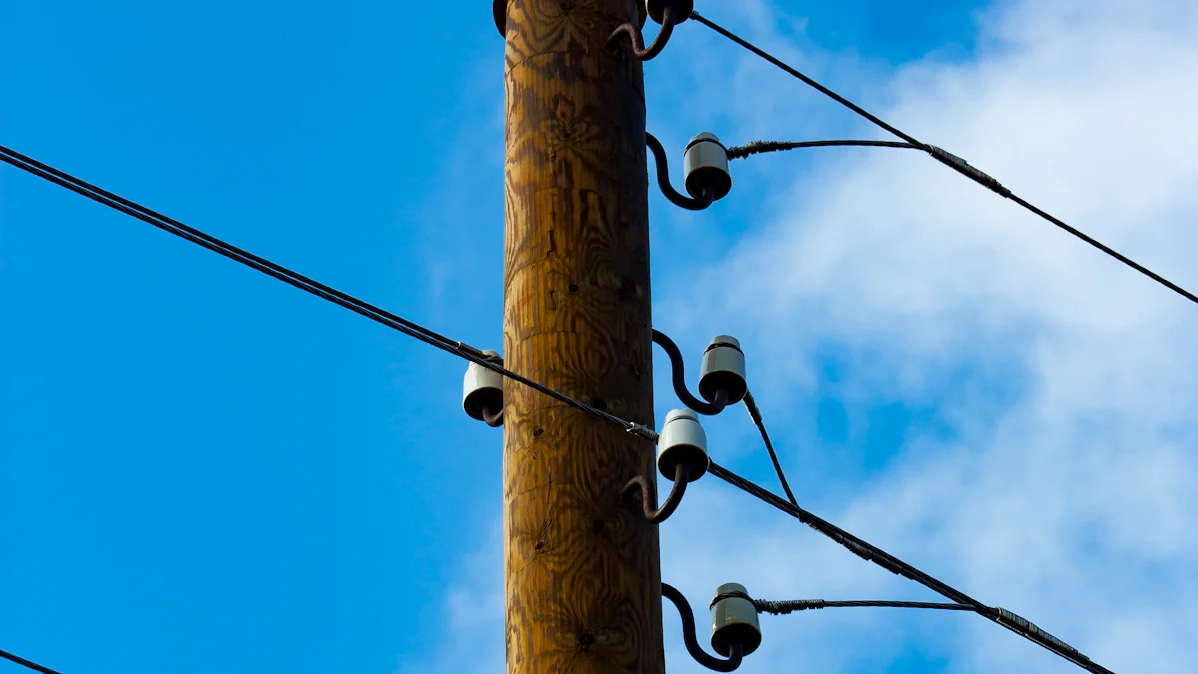
Proper maintenance and adherence to safety practices ensure the long-term reliability of your hold hoop installations. By following these guidelines, you can maintain the integrity of your telecommunications infrastructure and prevent potential hazards.
Maintenance Tips for Long-Term Use
Periodically check the hold hoops for signs of loosening or damage.
Regular inspections are essential to keep your hold hoops functioning effectively. Examine each hold hoop for any signs of wear, such as rust, cracks, or loosening. Environmental factors like moisture or extreme temperatures can weaken the material over time. Identifying these issues early allows you to address them before they escalate into larger problems. A well-maintained hold hoop ensures that strain clamps and suspension clamps remain securely fixed, providing a stable hanging point for ADSS optical cables.
Replace any damaged hold hoops immediately to prevent cable issues.
Damaged hold hoops compromise the stability of your installation. Replace any hold hoop showing significant wear or structural damage. Delaying replacement increases the risk of cable failure, which can disrupt telecommunications services and lead to costly repairs. Always have spare hold hoops on hand to ensure quick replacements when needed. This proactive approach minimizes downtime and maintains the safety of your infrastructure.
Safety Practices During Installation
Wear protective gear, such as gloves and goggles, when installing hold hoops.
Safety should always be your top priority during installation. Use gloves to protect your hands from sharp edges or rough surfaces on the hold hoop. Goggles shield your eyes from debris or accidental contact with tools. These precautions reduce the risk of injury and allow you to work confidently and efficiently. Proper protective gear is a simple yet effective way to ensure a safe installation process.
Ensure the cables are de-energized before handling to avoid electrical hazards.
Before working with cables, confirm that they are de-energized. Handling live cables poses serious risks, including electrical shocks or burns. Use appropriate testing equipment to verify that no current flows through the cables. This step is critical for your safety and prevents damage to the cables or surrounding equipment. Always follow standard electrical safety protocols when installing hold hoops to avoid accidents.
By incorporating these maintenance and safety practices into your routine, you can extend the lifespan of your hold hoops and ensure the safety of your installations. Regular checks, timely replacements, and adherence to safety measures create a reliable and secure telecommunications infrastructure.
Using hold hoops ensures a secure and efficient way to manage telecommunications cables. These versatile fasteners, including types like cable hoops and utility pole hoops, provide reliable support for strain clamps and suspension clamps. By following the outlined steps and best practices, you can achieve stable installations while protecting your cables from damage. Regular maintenance and adherence to safety measures enhance the longevity of your infrastructure. Embrace the simplicity and effectiveness of hold hoops to maintain a durable and professional telecommunications setup.
FAQ
What is a hold hoop and what is its purpose?
A hold hoop is a fastening component designed to secure one material by encircling it with another. It plays a vital role in various applications, such as securing cables, telephone poles, anchors, messenger wires, and stainless steel structures. Its primary purpose is to provide stability and support, ensuring that installations remain secure and durable over time.
Key takeaway: hold hoops are essential for maintaining the integrity of telecommunications and utility installations.
What are the different types of hold hoops available?
Hold hoops come in several types to suit diverse needs. Common varieties include:
- Embrace hoop cable: Ideal for securing cables in place.
- Telephone pole embrace hoop: Designed specifically for use on telephone poles.
- Anchor hoop: Provides stability for anchor points.
- Messenger wire hoop: Supports messenger wires effectively.
- Stainless steel hoop: Offers corrosion resistance for outdoor or harsh environments.
Each type serves a specific purpose, making it easier to choose the right one for your project.
How are hold hoops used in the installation of optical cables?
Hold hoops play a crucial role in optical cable installations. They secure strain clamps and suspension clamps to poles, creating a stable hanging point for ADSS (All-Dielectric Self-Supporting) optical cables.
Think of hold hoops as the backbone of optical cable installations, providing the necessary support for long-term reliability.
Can hold hoops be used outdoors?
Yes, hold hoops are suitable for outdoor use, especially when made from corrosion-resistant materials like galvanized or stainless steel. These materials protect the hoops from rust and wear caused by exposure to moisture, heat, and other environmental factors. For outdoor applications, always select hoops designed to withstand harsh conditions.
How do I choose the right size hold hoop?
To select the correct size, measure the diameter of the material you need to secure, such as a cable or pole. Match this measurement with the corresponding size of the hold hoop. Choosing the right size ensures a snug fit, which is essential for stability and effectiveness.
Are hold hoops reusable?
In many cases, hold hoops can be reused if they remain undamaged and retain their structural integrity. However, always inspect them for signs of wear, rust, or deformation before reusing. Damaged hoops should be replaced immediately to maintain the safety and reliability of your installation.
What materials are hold hoops made from?
Hold hoops are typically made from durable materials like galvanized steel, stainless steel, or other corrosion-resistant metals. These materials ensure the hoops can withstand environmental stress and provide long-lasting support for your installations.
Do hold hoops require maintenance?
Yes, regular maintenance is essential to ensure hold hoops remain effective. Periodically inspect them for signs of rust, loosening, or physical damage. Replace any damaged hoops promptly to prevent potential issues with your cables or equipment.
Can hold hoops be used for non-telecommunications purposes?
Absolutely! While hold hoops are commonly used in telecommunications, they are versatile enough for other applications. You can use them to secure utility poles, anchors, or even in construction projects where stability and support are required.
Are hold hoops easy to install?
Yes, hold hoops are designed for straightforward installation. With the right tools, such as a screwdriver or drill, you can quickly secure them to the desired surface. Following proper installation steps ensures a stable and professional result.
Post time: Dec-10-2024
